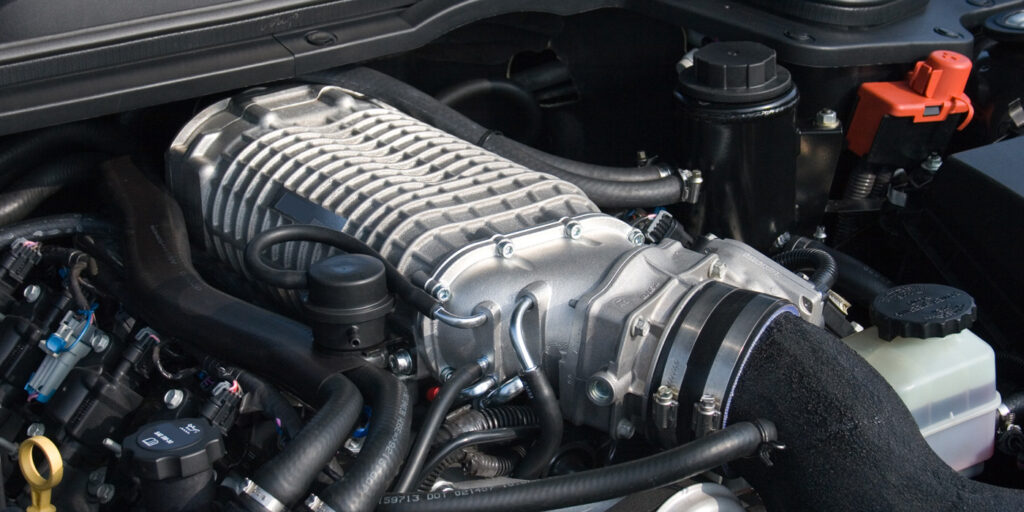Are oil changes every 3,000 miles really necessary? It depends on how a vehicle is driven. Some newer cars and SUVs have sophisticated “oil monitors” that estimate oil life based on miles driven, idle time, engine rpm, load and operating temperature. Using these inputs, the computer turns on a service reminder light when it estimates the oil needs to be changed. Under ideal circumstances, this might not happen for 12,000 to 15,000 miles! On the other hand, under less than ideal circumstances, the reminder light to change the oil may come on at 3,000 miles.
For vehicles that do not have an oil monitoring system, the basic recommendation to change the oil every 3,000 miles or six months still holds true. Here’s why:
Oil is the lifeblood of the engine. It not only lubricates the engine, it also cools, cleans and protects it. But mineral oil by itself can’t do all of these jobs without some help. Nearly half a pint of various additives are added to the typical quart of mineral oil to improve the oil’s ability to resist heat, friction, oxidation and contamination.
Short trip driving is hard on oil because the engine never warms up enough to boil off the moisture that accumulates inside the crankcase. The problem is worse during cold weather because the oil never gets warm enough to boil off the water. Moisture and other contaminants such as soot and gasoline come from combustion gases that blow by the piston rings. The older the engine, the greater the amount of blow-by. Most of these gases are removed by the Positive Crankcase Ventilation (PCV) system. But in a cold engine most of the contaminants end up in the oil. Water reacts with oil to form sludge and acids, while the gasoline dilutes the lubricant. The result is accelerated engine wear.
The only way to get rid of the accumulated moisture, acids and sludge is to change both oil and filter periodically. Since most vehicles in urban areas make frequent short trips in stop-and-go traffic, the safest recommendation is to go with the more frequent 3,000-mile service interval. A vehicle that is driven mostly on the open highway and is not operated in unusually dirty or dusty conditions, on the other hand, might go 5,000 to 7,500 miles between oil and filter changes.
Replacement Oil
When deciding which type of replacement oil to recommend to your customers, follow the viscosity recommendations in the vehicle owner’s manual. Most vehicles today are factory-filled with 5W-30 because it improves cold starting, fuel economy and allows the oil to reach critical upper valvetrain components in overhead cam (OHC) engines more quickly than heavier viscosity oils. Most vehicle manufacturers also approve 10W-30 for year-round driving. Yet many people prefer 10W-40 or even 20W-50 because they believe the higher numbers provide better protection – which they do at higher temperatures. The heavier viscosity oils are also good for older high-mileage engines where bearing clearances are greater. But 20W-50 is too thick for cold weather (below 30 F). GM says 10W-40 breaks down more quickly than 10W-30, and they do not recommend it.
Synthetic motor oils are also popular as an upgrade for vehicle owners who want the best. Unlike conventional motor oils that are refined and distilled from crude oil, synthetic motor oils are manmade lubricants created from organic esters and other synthesized hydrocarbons. The result is a superior lubricant that outperforms ordinary motor oils at both high and low temperatures (from over 450 F down to -40 F). Synthetics can also improve fuel economy and provide longer intervals between changes.
Though several times more expensive than mineral-based motor oils, synthetics are a good choice for high output, turbocharged or supercharged engines, vehicles that are used for towing (especially during hot weather), or vehicles that are operated in extremely cold or hot climates.
Synthetics are available in the same grades as ordinary motor oils (5W-30 and 10W-30) as well as “extended” grades such as 10W-30, 15W-50 and even 5W-50. There are also synthetic blends that combine synthetic oil with mineral oil to provide some of the advantages that synthetics offer at a lower cost.











